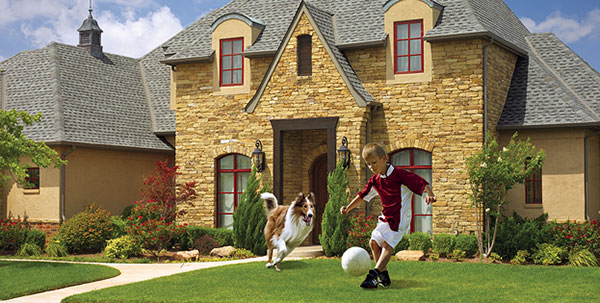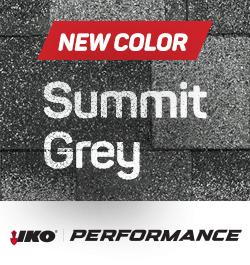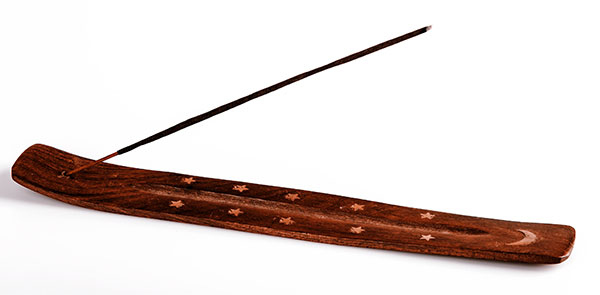Help the House “Breathe” with Low-profile Ventilation Solutions

There are non-soffit intake ventilation solutions that can be incorporated directly into the roofing system.
By Dan Kilcoyne, GAF.
Ask any friend to identify the heart of their home, and most likely you’ll hear, “My kitchen.” But if you ask them to identify its lungs, they may look at you like you’ve lost your mind.
Unless you’re talking to a fellow roofer. Roofers know that a properly ventilated attic helps the building to “breathe” by drawing in fresh, cool air, and expelling warm, moist air. Proper ventilation means achieving a balance between the amount of air intake and the amount of exhaust. That balance is vital to protecting the attic from excess heat, moisture, ice dams, and even attic rot, mold, and mildew.
Unfortunately, homeowners — as well as many house painters, gutter installers, and siding contractors — often have no idea how important it is to let a house “inhale.” As a result, they block soffits, paint over them, and, in some instances, neglect to include attic intake ventilation at all.
What’s a responsible roofer to do? That might put you, as the roofing contractor, in a bind: you can’t leave the new roof under-ventilated, but the homeowner doesn’t want to incur the extra expense of under eave or soffit modifications.
Fortunately, there are non-soffit intake vent solutions that can be incorporated directly into the roofing system. These solutions fall into two broad categories: low-profile shingle-over intake vents and fascia vents.
Virtually undetectable ventilation solutions Shingle-over attic ventilation, when installed properly, blends in seamlessly with the look of the roof. While it can be used to add critical ventilation to homes with few or no soffits, it’s also an easy-to-install supplement to existing attic ventilation.
Recommended for roofs with a slope of 4:12 and greater, shingle-over intake ventilation is usually installed at the eave edge. However, on buildings with open soffits (exposed rafter tails), blocked soffits that prevent access to the attic space, or where knee walls prevent airflow into the main attic compartment, they can also be installed up-slope from the eave edge as high as one-third up the attic space to be ventilated.
Fascia vents also offer virtually invisible venting by enabling air intake from behind the fascia boards. High-quality fascia vents will also help protect the attic space from insects, birds. Fascia ventilation is uniquely versatile as well, and can be used on low-slope or steep-slopes roofs. For easiest installation, look for fascia venting on a roll that can be simply nailed in place.
Productivity for you; protection for your customer Whether you choose shingle-over or fascia intake ventilation, there should be no need to remodel the soffits or bother with other unexpected construction. You gain productivity by keeping your crew focused on the roof.
Since proper attic ventilation is a key requirement in many manufacturer’s warranties, you may be able to offer your customer greater long-term value and protection. Ultimately, your customer gains a properly ventilated attic that will help prevent moisture damage and ice dams, protect against mold and mildew, and even promote energy efficiency.
So, the next time you encounter a hard-to-ventilate roofing challenge, consider low-profile shingle-over attic ventilation solutions. They can help you, your customer, and even the house itself, to breathe a little easier.
For more information on low-profile ventilation solutions, find out about Cobra® IntakePro™ Rooftop Intake Vent and Cobra® Fascia Vent.
Editor’s note: this blog first appeared as an article on GAF’s blog.
About the author: Don Kilcoyne, a writer and editor for GAF, crafts marketing campaigns and language that communicate the company brand, initiatives, products, and priorities in video, print, and social media, as well as the GAF ProBlog. He joined the GAF team in late 2016, bringing a background as a creative director and author.























Comments
Leave a Reply
Have an account? Login to leave a comment!
Sign In